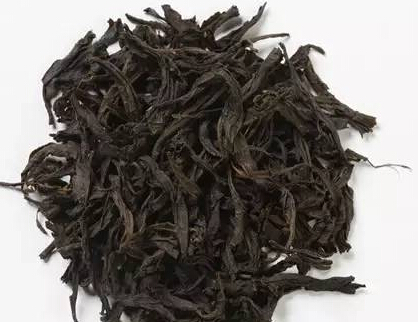
Many people discard tea stems, believing they have no nutritional value, and some think good tea should have no stems. However, experts told reporters that the nutrition and essence of tea lie in both the stems and the leaves. Consuming 6 grams of tea stems daily can effectively prevent aging and protect against radiation. Experts also stated that, to a certain extent, tea stems have the功效 (efficacy) to prevent some diseases.
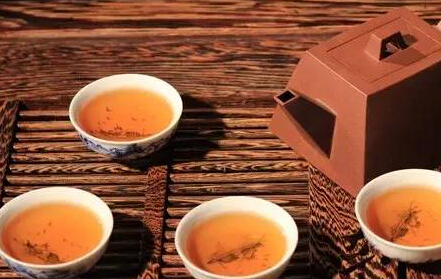
However, because tea stems affect the aesthetic appearance of the tea leaves, people often overlook their advantages and dismiss them contemptuously: not only ignoring the good effects of tea stems on human health, but even believing that tea with stems or a higher stem content must be of poor quality, and that the taste of the brewed tea would be greatly reduced. Little do they know that tea stems play a very important role in the taste quality of the brewed tea.
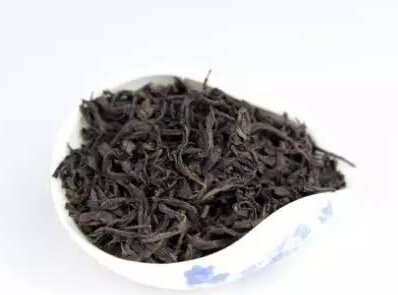
According to experts, tea stems contain a considerable amount of aromatic substances. The tea aroma decreases gradually from the first leaf to the third leaf, while the stems have the highest aroma. The aromatic substances in tea are mainly found in the stems and the main veins of young leaves, and the amino acid content in young stems is higher than in young leaves.
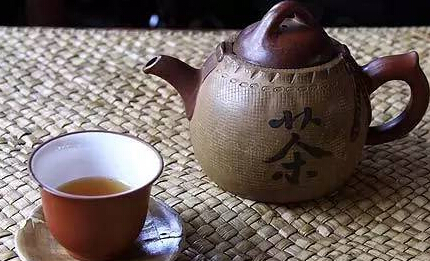
The vascular bundles in the stems are the main conductive tissue for nutrients and aroma. Most of the substances they contain are water-soluble. During tea processing, the aroma transfers from the stems to the leaves along with water evaporation. These substances, after transferring to the leaves, combine and transform with the effective substances in the leaves to form a higher and richer aroma quality.
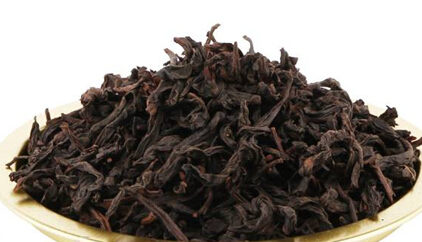
Therefore, an appropriate amount of tea stems is necessary to produce tea with a high fragrance and rich taste. The length of the stems varies depending on the type and variety of tea.